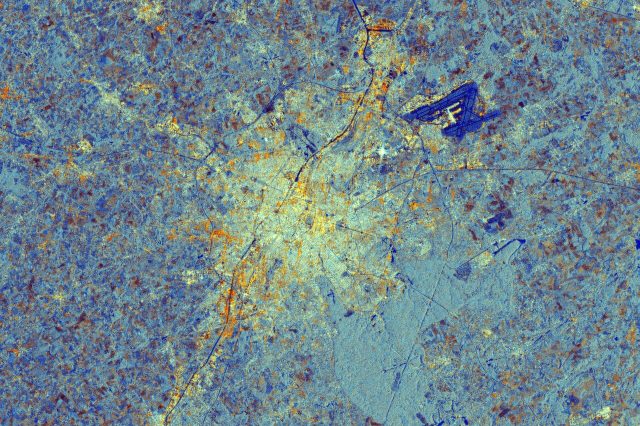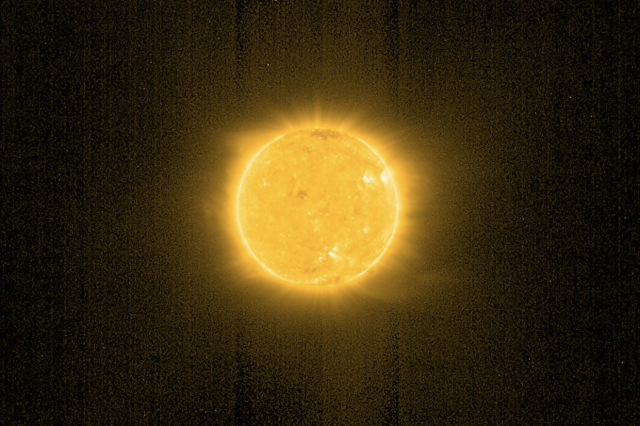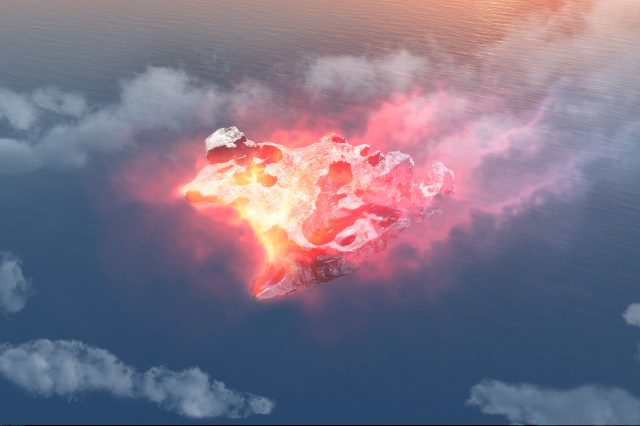Imagine rain falling for 2 million years. It may seem impossible, but evidence suggests it actually happened. Scientists have found clues that point to a time in Earth's history when the planet experienced non-stop precipitation for an unimaginable length of time.
Did you know there was a period in Earth’s history when it rained for 2 million years? A previously overlooked climate event might have paved the way for the proliferation of dinosaurs, as suggested by paleontological records.
The Carnian Pluvial Event: A Turning Point in Earth’s History
The Carnian pluvial event, a major climate change occurrence during the Late Triassic epoch (234 to 232 million years ago), led to global environmental changes and possibly extensive volcanism. According to paleontological data, this event was a significant extinction moment that could be related to the disappearance of up to 33% of all marine genera and the explosive diversification of many key modern groups of plants and animals.
The Earth’s Wet Spell and the Emergence of Dinosaurs
Around 232 million years ago, Earth emerged from a dry period, and an unusually wet phase lasting 1-2 million years began. This period coincided with the beginning of the age of dinosaurs, when their numbers and diversity skyrocketed. Scientists believe the wet conditions could have been the trigger that allowed dinosaurs, and possibly other members of modern terrestrial fauna, to diversify and dominate the land.
A Paradigm Shift in Biodiversity
The warming of the planet was associated with increased precipitation, which led to significantly wetter conditions and heavy rains becoming the norm. This change in climate resulted in the extinction of many species and a major shift in biodiversity. The growth of plant life and the expansion of modern coniferous forests were also spurred by these climatic changes.
A Flourishing Ecosystem: From Land to Sea
Mike Benton of the University of Bristol states that the new flora probably provided sustenance for the surviving herbivorous reptiles. Dinosaurs originated about 20 million years before the Carnian pluvial event, but they remained relatively rare and unimportant until this wet period came along.
The Carnian pluvial event not only triggered the “age of dinosaurs,” which lasted another 165 million years, but also marked the rise of many groups of modern tetrapods, such as turtles, crocodiles, lizards, and mammals. This event also had a profound impact on ocean life, with the emergence of modern-style coral reefs and many modern plankton groups, suggesting significant changes in ocean chemistry and the carbonate cycle.
Shedding Light on a Previously Unrecognized Extinction Event
Until now, paleontologists have identified five major mass extinctions in the last 500 million years of Earth’s history, each having a profound effect on the evolution of the planet and its life forms. The Carnian pluvial event has now been recognized as another major extinction event, playing a vital role in shaping life on land and in the oceans, marking the origins of modern ecosystems.
PLEASE READ: Have something to add? Visit Curiosmos on Facebook. Join the discussion in our mobile Telegram group. Also, follow us on Google News.





